- Browse
- Etl
ETL Courses
ETL courses can help you learn data extraction, transformation techniques, and loading processes essential for effective data management. You can build skills in data cleaning, pipeline automation, and optimizing data workflows. Many courses introduce tools like Apache NiFi, Talend, and Microsoft SQL Server Integration Services, showing how these technologies facilitate the movement and transformation of data across various systems.
Popular ETL Courses and Certifications
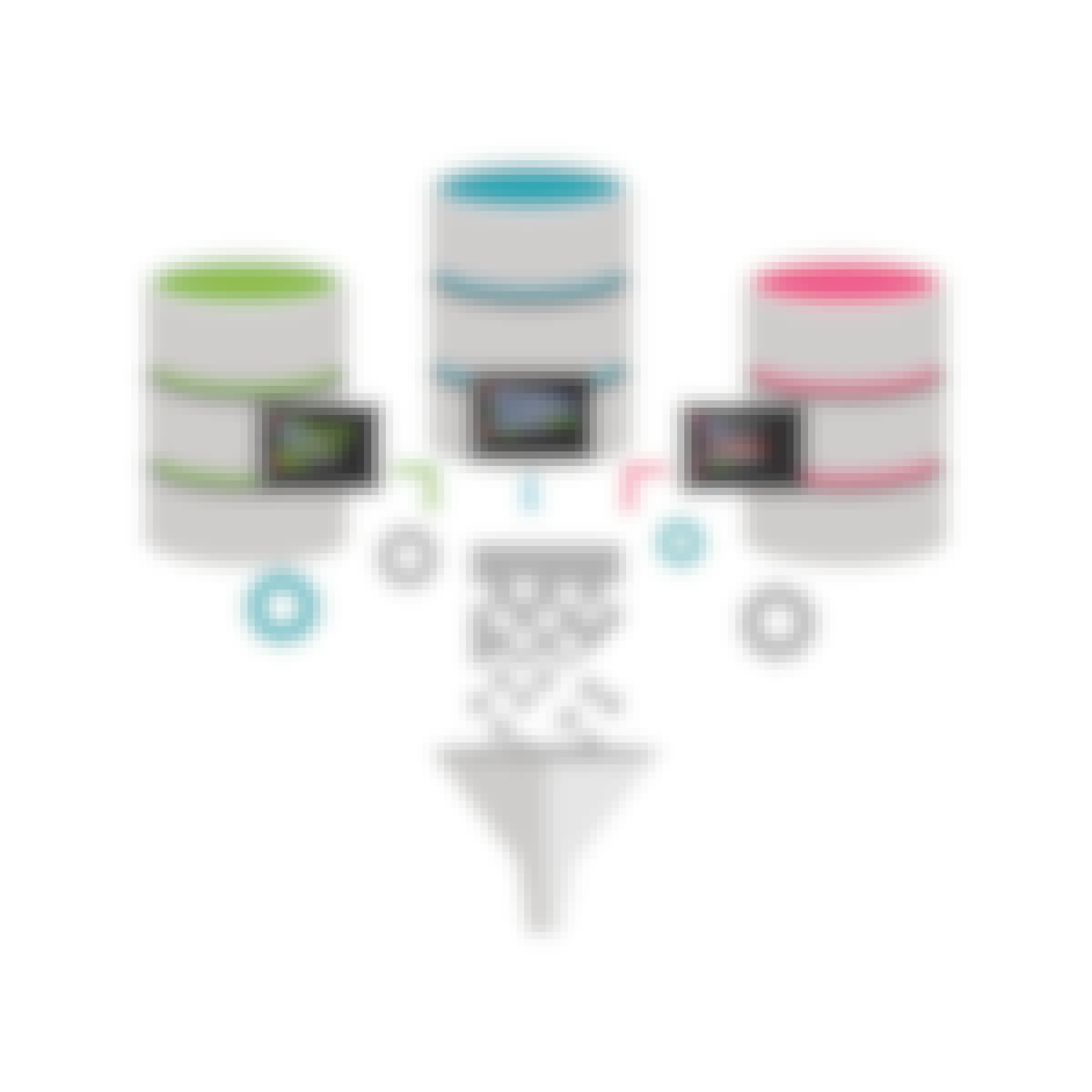 Status: Free TrialFree Trial
Status: Free TrialFree TrialSkills you'll gain: Extract, Transform, Load, Apache Kafka, Apache Airflow, Data Pipelines, Data Warehousing, Data Transformation, Data Integration, Data Migration, Data Processing, Web Scraping, Shell Script, Data Mart, Big Data, Performance Tuning
4.5·Rating, 4.5 out of 5 stars438 reviewsIntermediate · Course · 1 - 3 Months
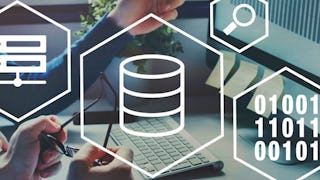 Status: Free TrialFree Trial
Status: Free TrialFree TrialSkills you'll gain: Data Warehousing, Extract, Transform, Load, Linux Commands, Apache Kafka, SQL, Apache Airflow, IBM Cognos Analytics, Bash (Scripting Language), Data Pipelines, Shell Script, Data Visualization, Dashboard, File Management, Star Schema, IBM DB2, Business Intelligence, Interactive Data Visualization, Relational Databases, Stored Procedure, Databases
4.6·Rating, 4.6 out of 5 stars24K reviewsBeginner · Specialization · 3 - 6 Months
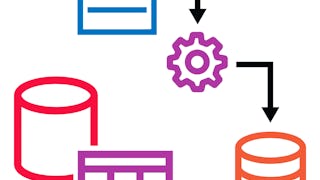 Status: Free TrialFree Trial
Status: Free TrialFree TrialSkills you'll gain: Extract, Transform, Load, Power BI, Data Validation, Data Transformation, Data Cleansing, Data Storage, Data Quality, Data Analysis, Data Integration, Data Storage Technologies, Business Intelligence
4.6·Rating, 4.6 out of 5 stars999 reviewsBeginner · Course · 1 - 4 Weeks
 Status: Free TrialFree Trial
Status: Free TrialFree TrialSkills you'll gain: Data Warehousing, Extract, Transform, Load, Star Schema, IBM DB2, Data Modeling, Snowflake Schema, PostgreSQL, Database Design, Data Architecture, Data Mart, Database Systems, Data Lakes, Data Validation, Data Integration, SQL, Data Cleansing, Query Languages, Data Quality
4.5·Rating, 4.5 out of 5 stars248 reviewsIntermediate · Course · 1 - 4 Weeks
 Status: Free TrialFree TrialStatus: AI skillsAI skills
Status: Free TrialFree TrialStatus: AI skillsAI skillsSkills you'll gain: NoSQL, Data Warehousing, Extract, Transform, Load, Apache Hadoop, Apache Spark, Web Scraping, Linux Commands, Database Design, Apache Kafka, SQL, Apache Airflow, IBM Cognos Analytics, Database Administration, Data Store, Generative AI, Professional Networking, Data Import/Export, Python Programming, Data Analysis, Data Science
Build toward a degree
4.6·Rating, 4.6 out of 5 stars61K reviewsBeginner · Professional Certificate · 3 - 6 Months
 Status: Free TrialFree Trial
Status: Free TrialFree TrialSkills you'll gain: Data Warehousing, Extract, Transform, Load, Snowflake Schema, Star Schema, Business Intelligence, Data Modeling, Database Design, Data Management, Data Integration, Performance Tuning, Databases, Data Transformation, Scalability
4.1·Rating, 4.1 out of 5 stars18 reviewsBeginner · Course · 1 - 4 Weeks
What brings you to Coursera today?
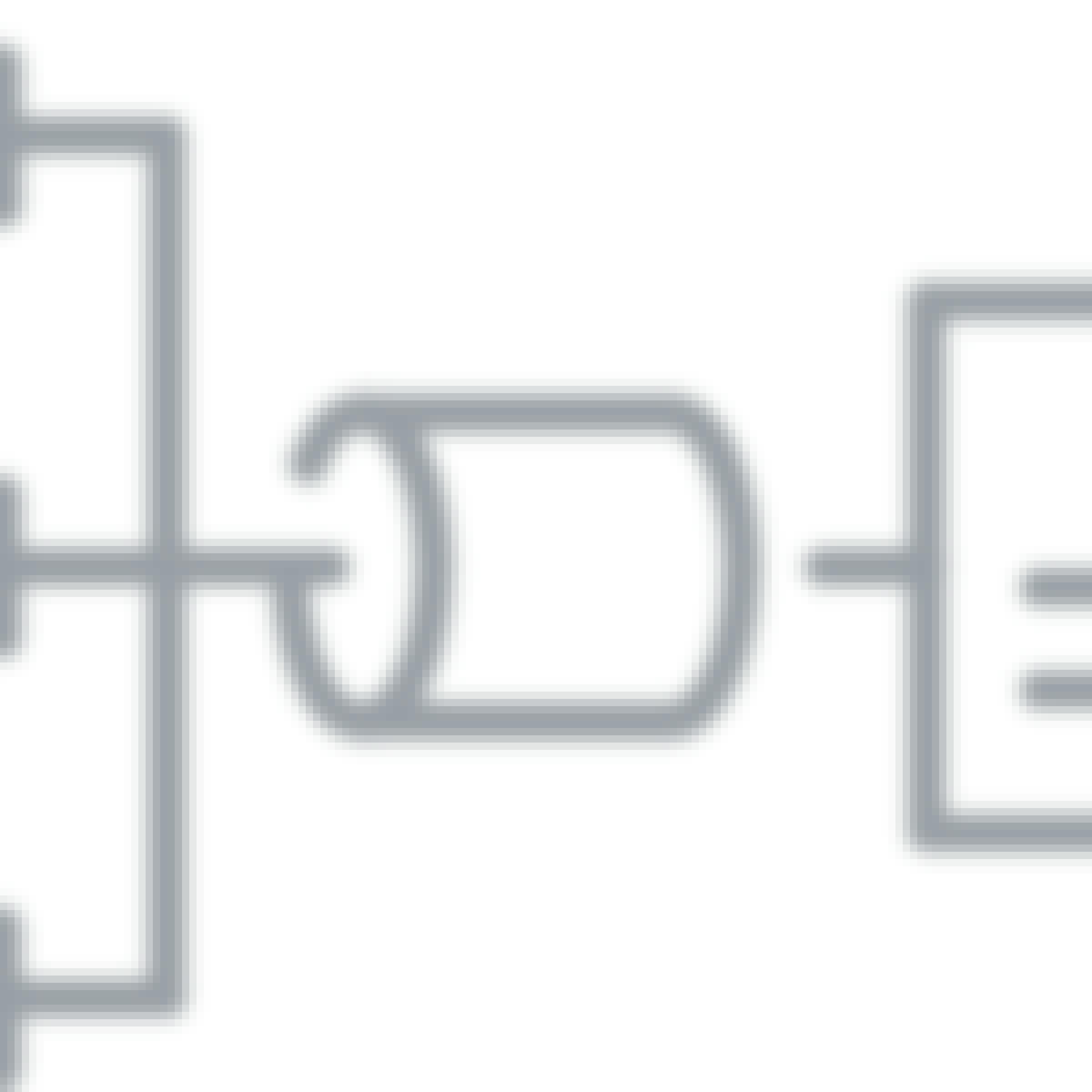 Status: Free TrialFree Trial
Status: Free TrialFree TrialSkills you'll gain: Data Modeling, Database Design, Extract, Transform, Load, Databases, Data Warehousing, Database Systems, Data Pipelines, Business Intelligence, Data Integrity, Performance Tuning, Data Mart, Data Management, Process Optimization, Data Quality, Data Transformation, SQL, Performance Testing
4.7·Rating, 4.7 out of 5 stars695 reviewsAdvanced · Course · 1 - 4 Weeks
 Status: Free TrialFree Trial
Status: Free TrialFree TrialSkills you'll gain: Linux Commands, Bash (Scripting Language), Shell Script, File Management, Linux, Unix Commands, Linux Servers, Scripting, Command-Line Interface, Ubuntu, Scripting Languages, Unix, Operating Systems, Network Protocols, Automation, Software Installation
4.6·Rating, 4.6 out of 5 stars1.7K reviewsBeginner · Course · 1 - 4 Weeks
 Status: NewNewStatus: Free TrialFree Trial
Status: NewNewStatus: Free TrialFree TrialSkills you'll gain: Extract, Transform, Load, Metadata Management, Data Integration, Data Pipelines, Databases, Business Logic, Java, Data Warehousing, File Management, Data Cleansing, Data Import/Export, Data Migration, Data Manipulation, Scalability, Data Transformation, Software Documentation, Software Installation, Data Processing, MySQL, Debugging
Beginner · Specialization · 1 - 3 Months
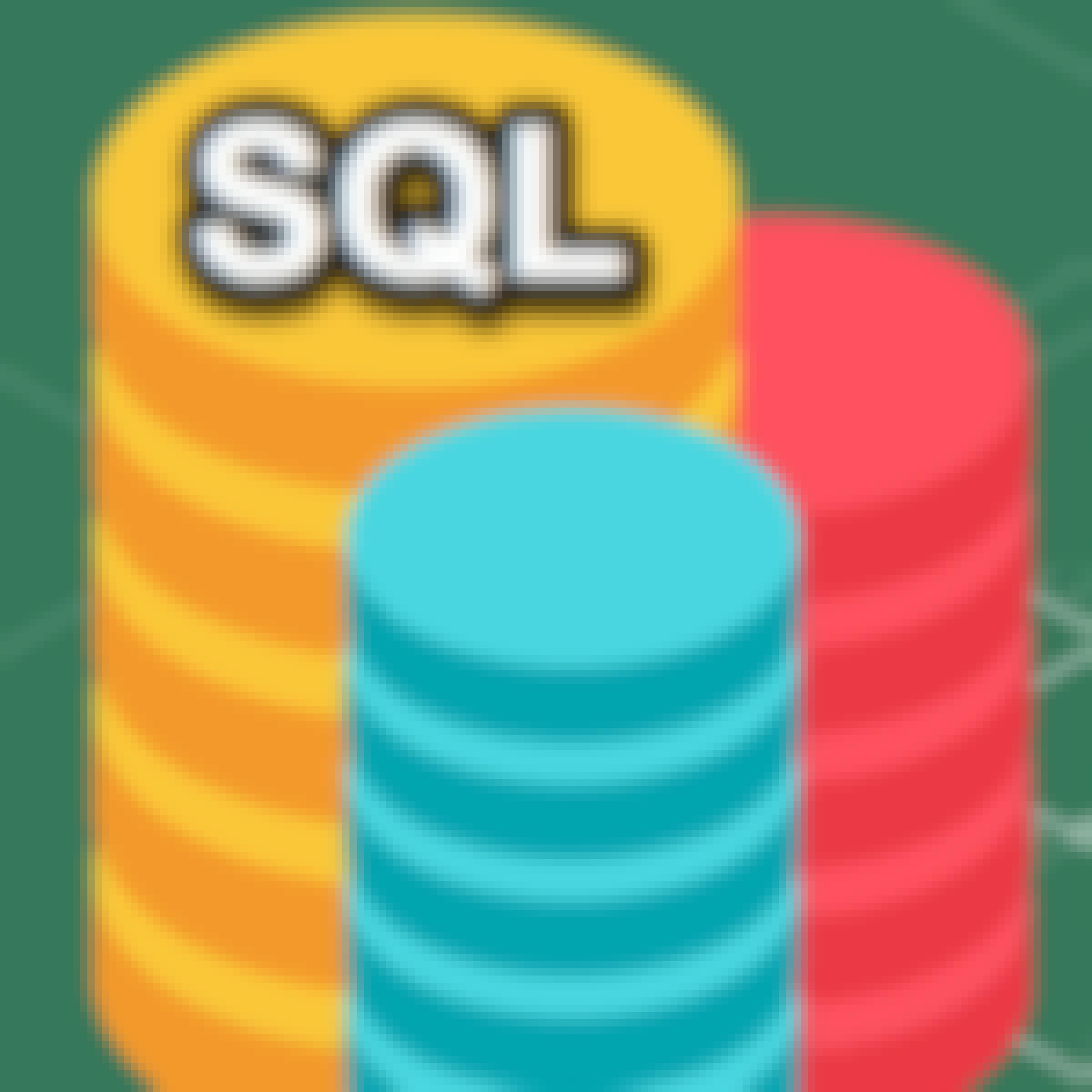 Status: Free TrialFree Trial
Status: Free TrialFree TrialSkills you'll gain: SQL, Relational Databases, Stored Procedure, Databases, Query Languages, Jupyter, Data Manipulation, Data Analysis, Pandas (Python Package), Transaction Processing, Python Programming
4.7·Rating, 4.7 out of 5 stars22K reviewsBeginner · Course · 1 - 3 Months
 Status: Free TrialFree TrialG
Status: Free TrialFree TrialGGoogle
Skills you'll gain: Data Modeling, Stakeholder Engagement, Database Design, Dashboard, Business Intelligence, Extract, Transform, Load, Tableau Software, Databases, Data Warehousing, Database Systems, Data Pipelines, Data-Driven Decision-Making, Data Visualization, Interviewing Skills, Business Process, Business Analysis, Professional Development, Google Gemini, Data Analysis, SQL
Build toward a degree
4.8·Rating, 4.8 out of 5 stars6.3K reviewsAdvanced · Professional Certificate · 3 - 6 Months
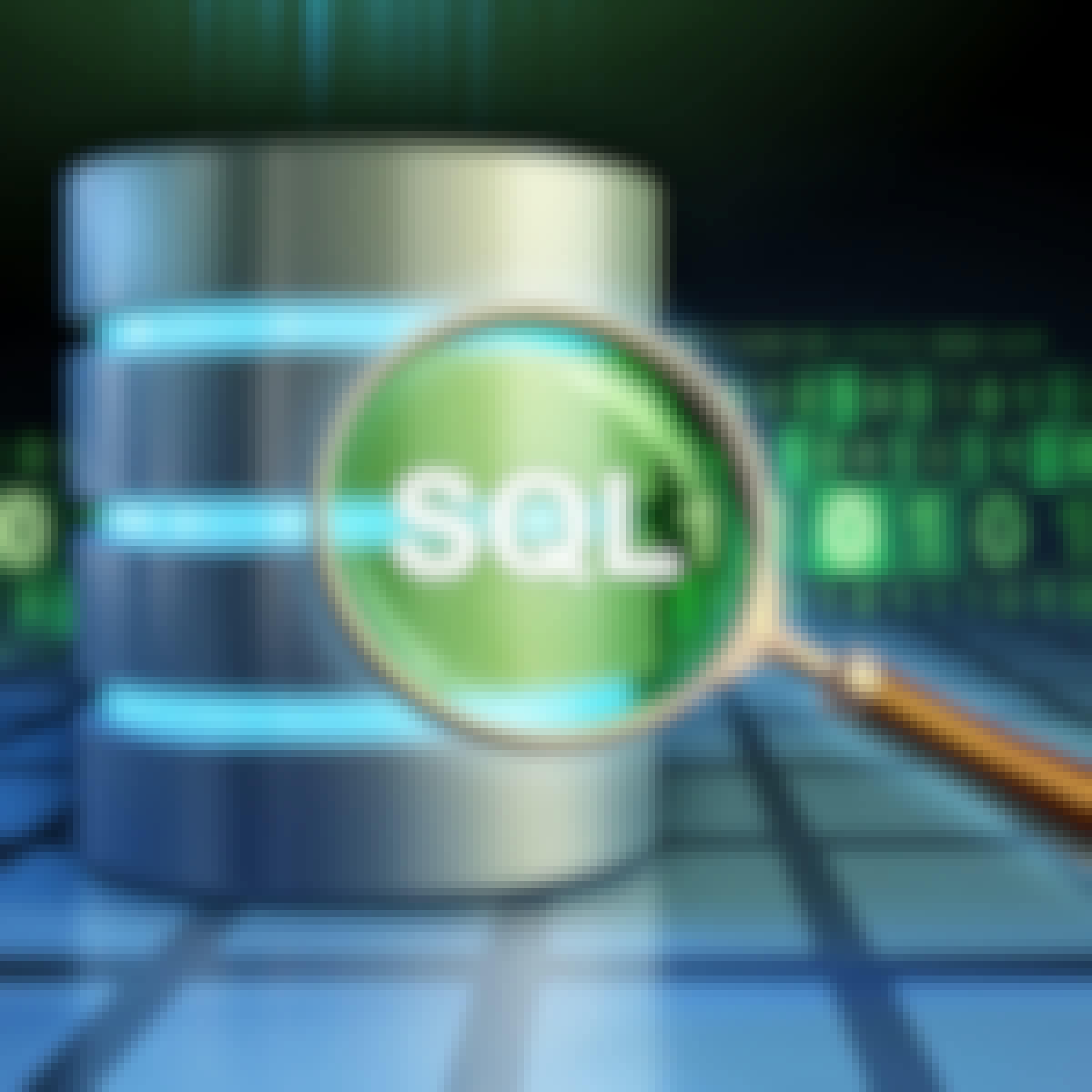 Status: Free TrialFree Trial
Status: Free TrialFree TrialSkills you'll gain: SQL, Relational Databases, Microsoft SQL Servers, MySQL, Query Languages, Database Systems, Databases, Database Management, Stored Procedure, IBM DB2, Data Manipulation, Data Analysis, Transaction Processing
4.7·Rating, 4.7 out of 5 stars670 reviewsBeginner · Course · 1 - 3 Months
Searches related to etl
In summary, here are 10 of our most popular etl courses
- ETL and Data Pipelines with Shell, Airflow and Kafka: IBM
- BI Foundations with SQL, ETL and Data Warehousing: IBM
- Extract, Transform and Load Data in Power BI: Microsoft
- Data Warehouse Fundamentals: IBM
- IBM Data Engineering: IBM
- Data Warehousing: Schema, ETL, Optimal Performance: Coursera
- The Path to Insights: Data Models and Pipelines: Google
- Hands-on Introduction to Linux Commands and Shell Scripting: IBM
- Talend Data Integration & ETL Workflow Mastery: EDUCBA
- Databases and SQL for Data Science with Python: IBM
Frequently Asked Questions about Etl
ETL is an acronym for extract, transform, load. This describes a computer programming process that automatically extracts, transforms, and loads multiple forms of computer data from a variety of data sources, and then transmits them to a data storage facility or data warehouse repository.
ETL was introduced half a century ago in computing circles to help computer techs better integrate and load data into large computer mainframes for computation purposes and data analysis. The ETL process was originally designed to support business intelligence needs. It is still used today, generally for smaller repositories of data, and other forms of data integration software are being used for larger volumes of data.
Learning about ETL can help you further your data storage knowledge, which is such a huge part of today's interconnected networks. Knowing ETL will help you understand why companies use the process to sort through their data, decide what to keep, and what to eliminate.
Learning ETL can help you manage data projects more efficiently. This is especially true for anyone eager to learn about scalable data analytics processes and optimal business intelligence warehousing.
The typical careers for someone who has learned ETL include data warehousing, data storage, network functionality, computer networking, systems architecture, and other similar roles within companies or agencies. Realistically, you could work in just about any data-intensive industry and find employment as an ETL developer. Many industries are moving toward big data repositories, and having the knowledge of ETL processes can be a tremendous asset for someone aspiring to find ETL work.
When you take online courses about ETL, you can learn the basics of data warehousing for business intelligence. But that's just the start. Within the wide variety of online courses about ETL, you can branch-off to pursue your interests in data warehousing, data storage, SQL database learning, visual modeling, and much more. Learning about these interconnected specialties can help you stay ahead of the big data revolution.
Online Extract Transform Load (ETL) courses offer a convenient and flexible way to enhance your knowledge or learn new Extract Transform Load (ETL) skills. Choose from a wide range of Extract Transform Load (ETL) courses offered by top universities and industry leaders tailored to various skill levels.
When looking to enhance your workforce's skills in Extract Transform Load (ETL), it's crucial to select a course that aligns with their current abilities and learning objectives. Our Skills Dashboard is an invaluable tool for identifying skill gaps and choosing the most appropriate course for effective upskilling. For a comprehensive understanding of how our courses can benefit your employees, explore the enterprise solutions we offer. Discover more about our tailored programs at Coursera for Business here.










